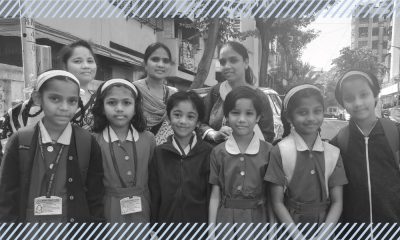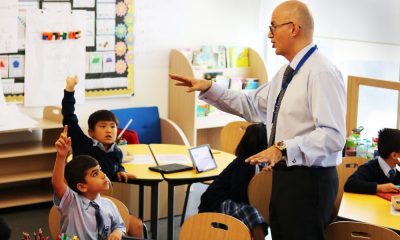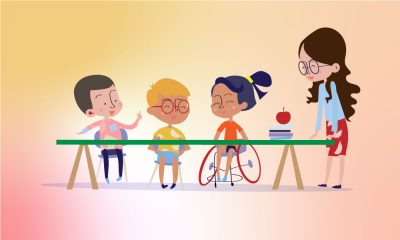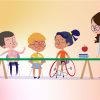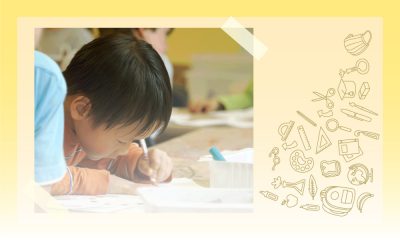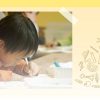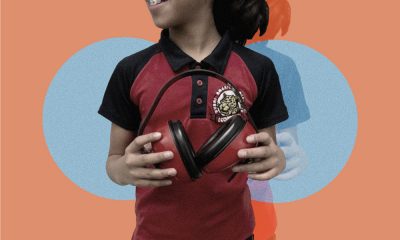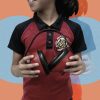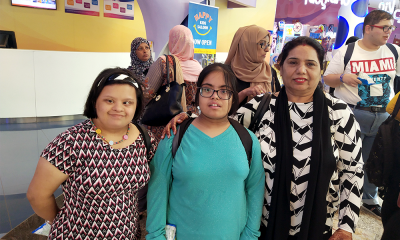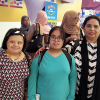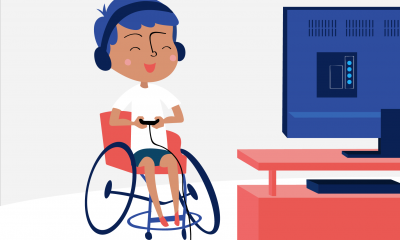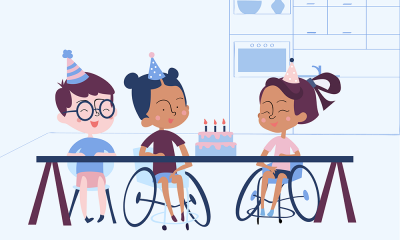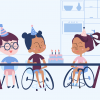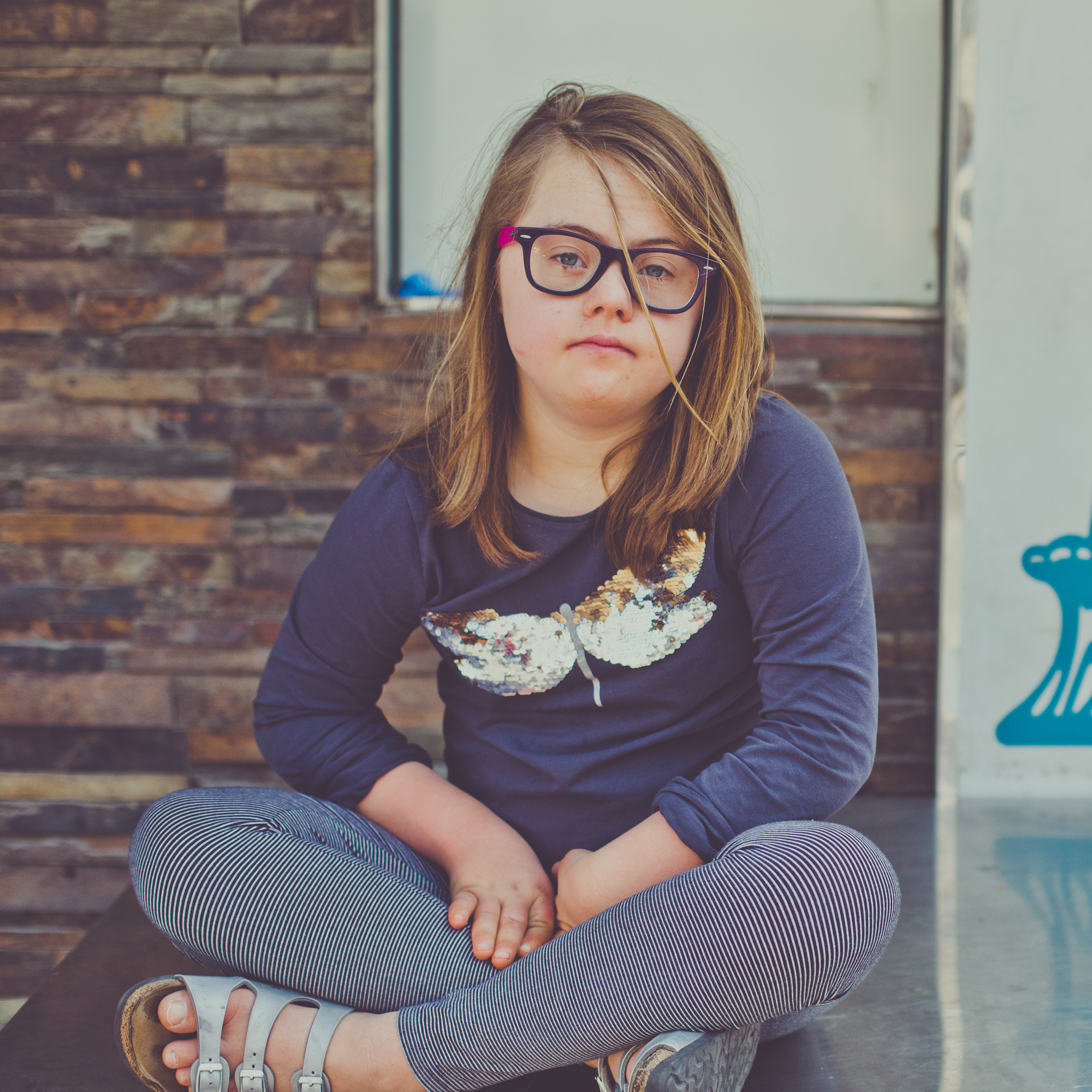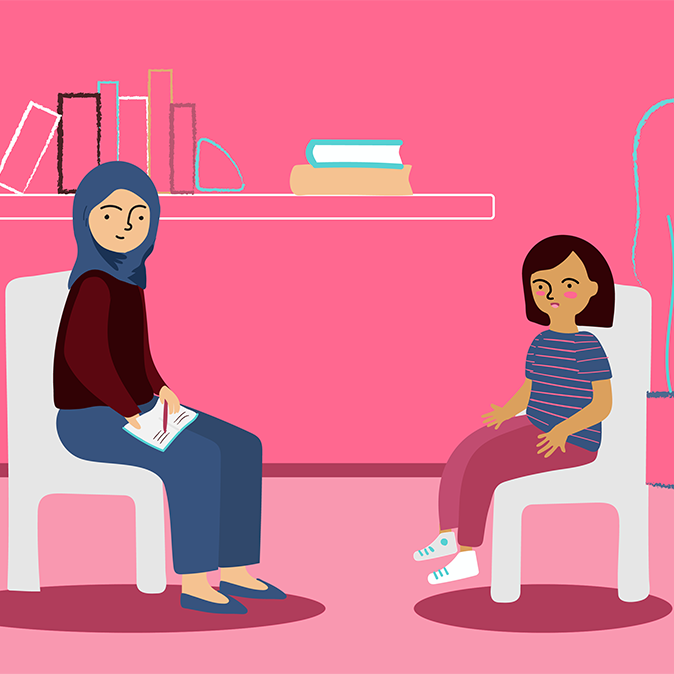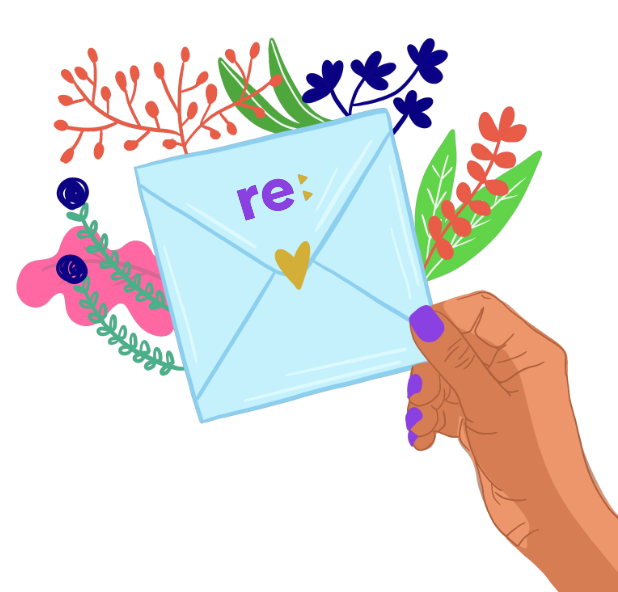Inclusion
The Re:Set Guide to Creating a Racially Aware Curriculum
Look beyond the colonial lens.
The weeks following George Floyd’s death have been crucial in shedding light on how deeply ingrained racism is within the structures that surround us. While the Black Lives Matter movement continues to grow and tackle racial discrimination in all forms, education is key to sustaining the momentum and creating long-term awareness.
The goal of creating a society that is more inclusive starts from the time a child is taught what and how to think. A more diverse education that does not downplay history but takes meaningful measures to acknowledge biases and work towards correcting them can make a significant difference.
There is no better time than this flashpoint in history to take the steps to diversify your school curriculum and make it more racially-aware. We spoke to Hedreich Nichols, a Texas-based educator, trainer and diversity advocate and Jovan Bryant, an elementary school educator from Washington D.C., to get their perspective on the issues that schools need to address.
Don’t whitewash history
For centuries, school curriculums have favoured “white history” and neglected to teach the stories of people of colour. The curriculum needs to more accurately reflect the lives of black, indigenous and people of colour, who have long been excluded from the narrative. Recognize the colonial or western lens through which education has been looked at and work towards expanding your students’ horizons by including pre-date western cultures and then trace those cultures to modern times. “As a Texan, for example, the great civilizations like those of the Mayans, Incas, and Aztecs should have gotten much more airtime in the classrooms of my youth,” Nichols reflected.
Start early
Ensure that diverse materials and books are available very early on. Children need to see themselves reflected in the books and toys that they own. They should also be exposed to materials that express the beauty of the diversity in our world. From the stories that they read to the movies that they are shown in school, reassess whether all students can see themselves represented. You can start by checking whether people of colour, women and people with disabilities are featured in the content that you are using for your students.

Bryant believes that it’s necessary to have open and frequent discussions with students about racism and inequality, not just when someone is discriminated against. Photo courtesy: Unsplash
Make it contextual and relevant for your student base
Look at your students, show them that you are interested in what makes them unique and special. Find out where your students are from, where their grandparents are from and find a way to integrate cultural introductions into your content. For instance, Nichols learns one phrase in every language represented in her classes.
Go beyond the books
Apart from what’s traditionally available, find first-person stories and sources from diverse populations. Encourage students to go into different communities for their projects and assignments, get them to be more actively involved and show them how biases, discrimination and history manifest and affect people. Nichols emphasized that as educators, it’s important to broaden your own circles, “learn about other cultures, try new foods, meet new people,” and thus set an example for your students. This will be far more powerful than just reading facts from a page.
Focus on what makes us human
While teaching subjects like biology, show students what we have in common, what makes us bond, the only difference being skin colour. Point out that hatred and racism are learned behaviours that need to stop with them. Continually engage in discussions around this with them, not just when someone is discriminated against. Bryant uses a system of “Open Talk,” where students are encouraged to write down topics anonymously and place them in a hat, and pick one out to discuss. This has allowed children to open up about the problems they face and provided them with an opportunity to realize that many of them go through the same struggles and aren’t alone.
Also read: Black Students Reflect On Racism At Their Universities on National Higher Education Day



